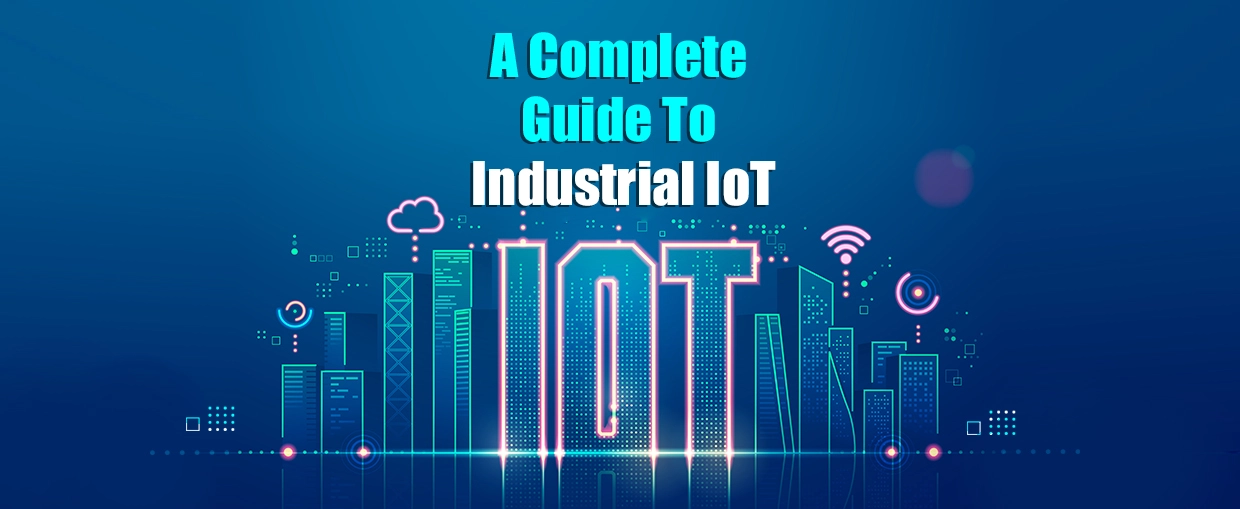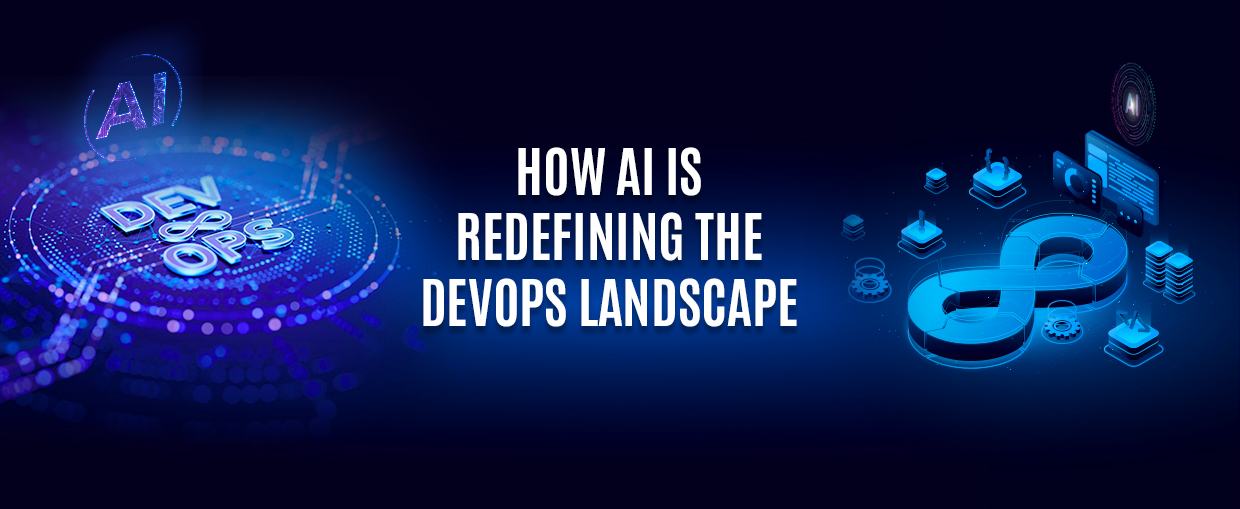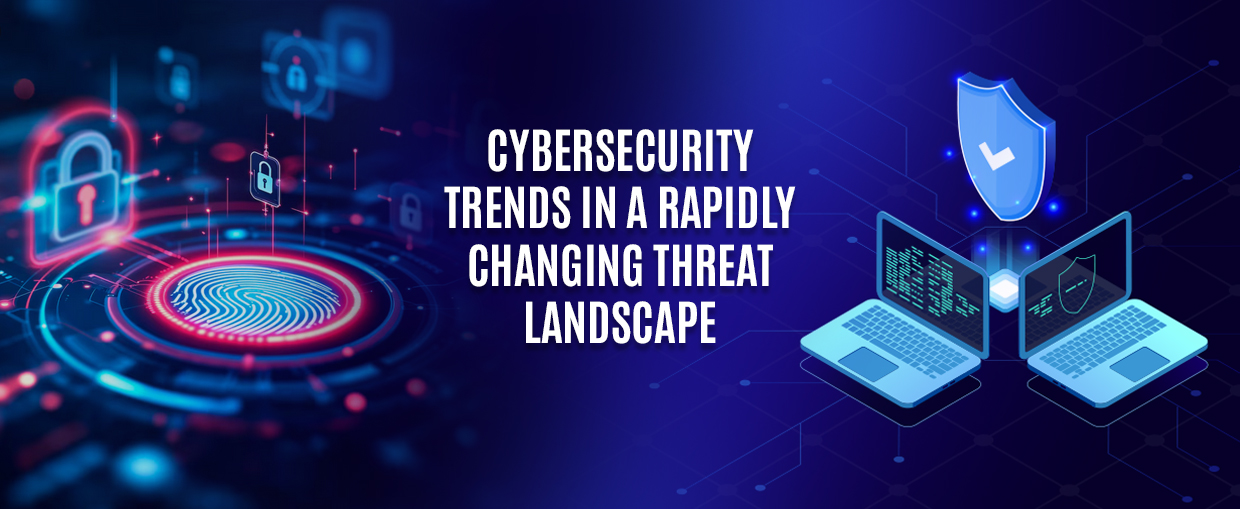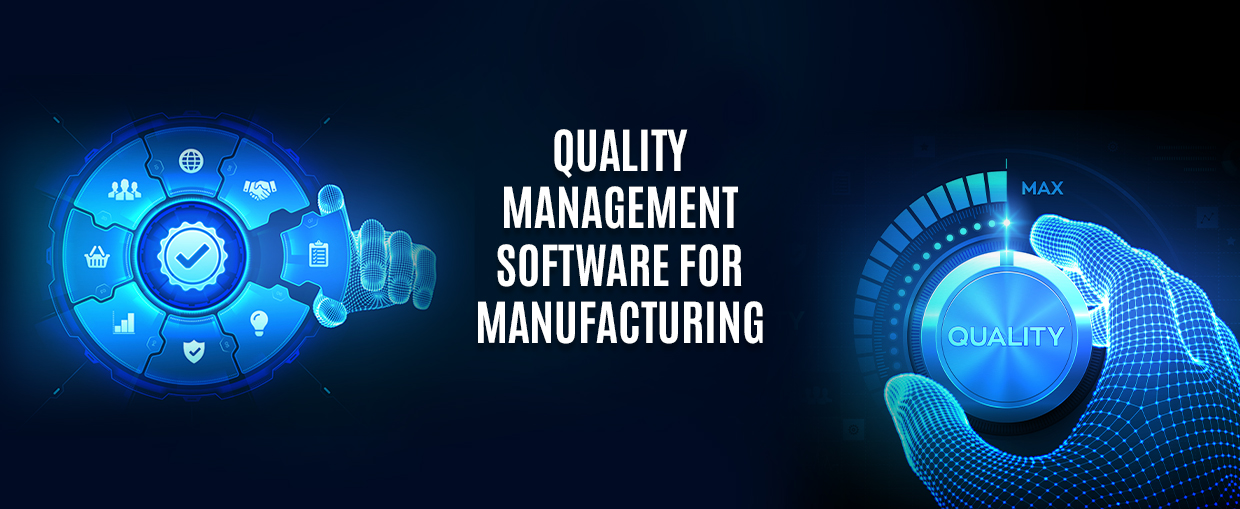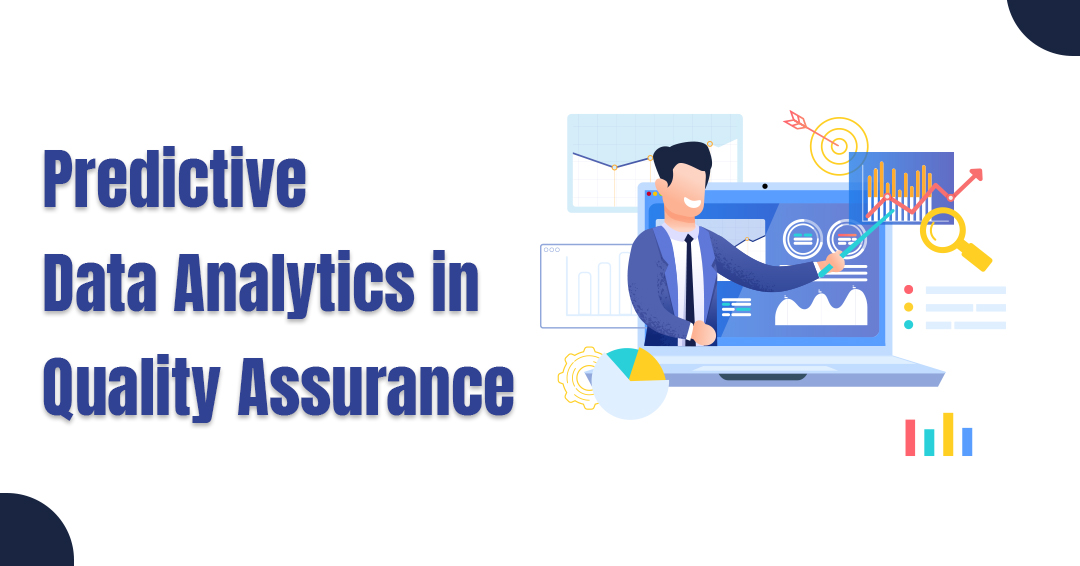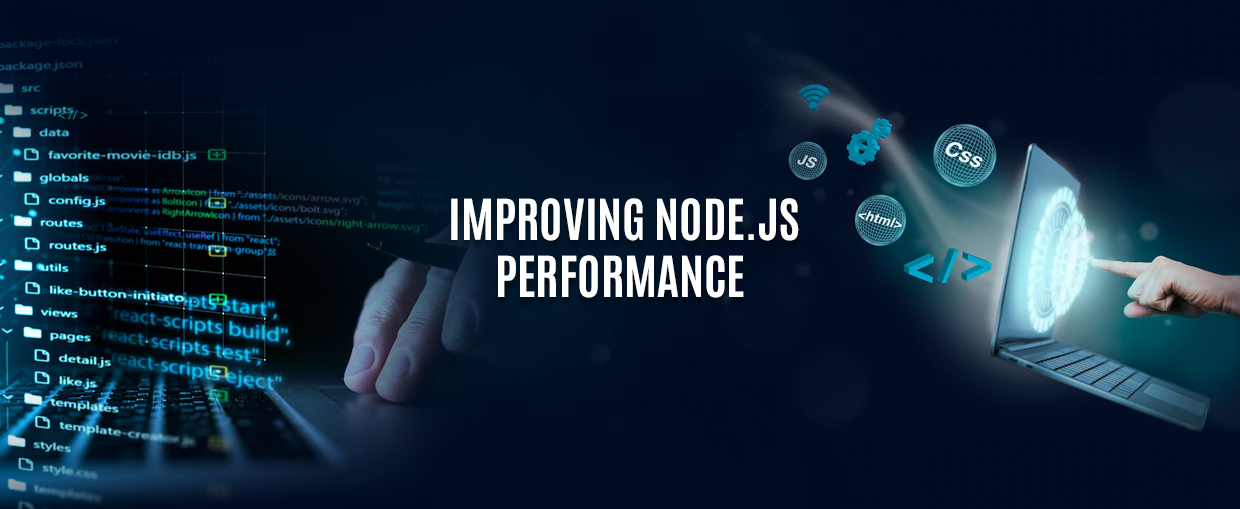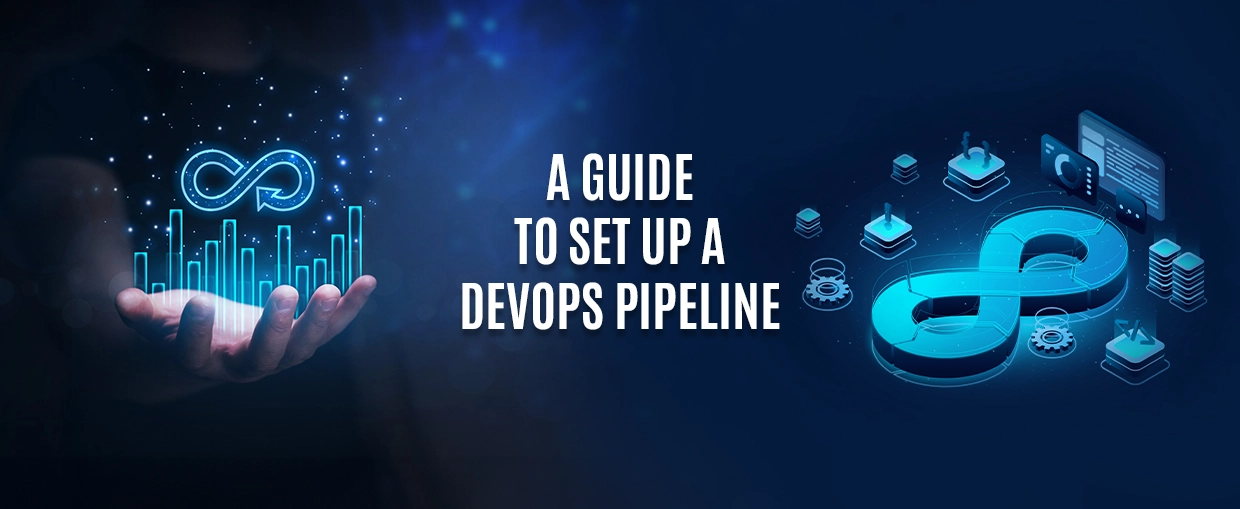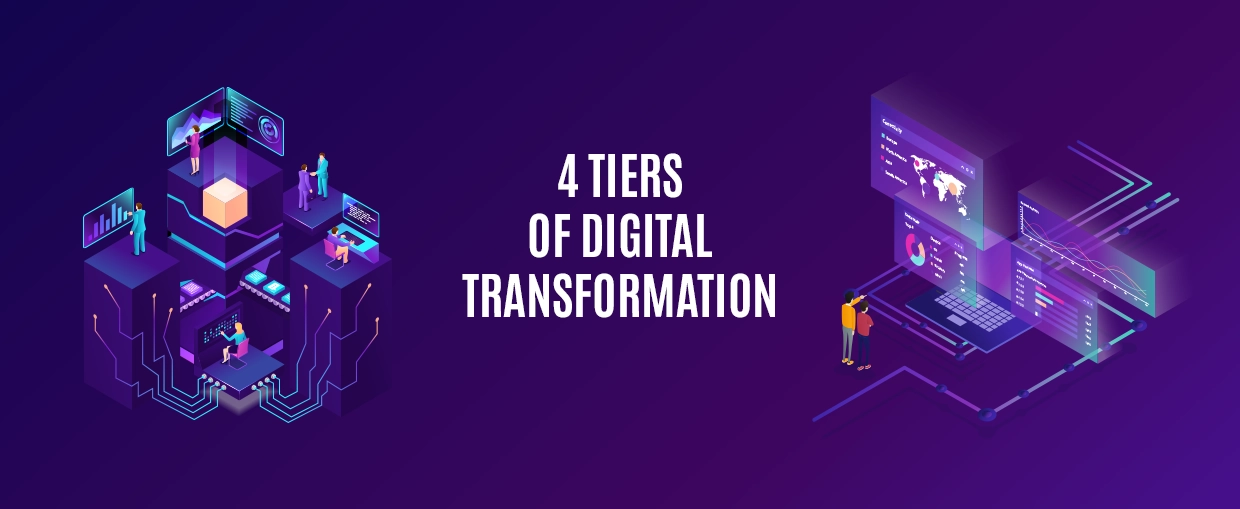The Industrial Internet of Things (IIoT) is transforming production and automation by swiftly expanding its range of influence. New business models are emerging to boost operational efficiency and profitability in the manufacturing sector with the emergence of cloud computing, connected devices, and big data analytics. The Fourth Industrial Revolution‘s key element, industrial IoT, is the fusion of operational technology (OT) with information technology (IT). It makes use of IoT technology, including IoT sensors, IoT devices, and IoT apps, to enhance real-time decision-making, and optimize manufacturing processes, inventory management, and supply chain operations. Companies can reduce downtime, enhance product quality and customer happiness, as well as strengthen cybersecurity measures in their manufacturing processes by embracing industrial IoT.
What does “Industrial IoT” actually mean? How does this idea encourage a digital revolution that will improve business models and boost operational efficiency? How exactly do manufacturers use these solutions to determine value? We’ll highlight typical use cases, challenges, and advantages to give an in-depth overview.
What Is Industrial IoT?
The use of the Internet of Things (IoT) in industrial settings is referred to as the Industrial Internet of Things (IIoT). It involves utilizing smart sensors, actuators, and other devices, to improve industrial and production operations. To synchronize devices and platforms, Industrial IoT utilizes artificial intelligence (AI), machine learning (ML), and other software or computational techniques. To offer data collection, exchange, and analysis, these devices are networked together. After being collected, this data is cleaned, set up, and examined in the cloud. The real-time insights from this process are delivered to managers, operators, and other end users thereby contributing to greater efficiency and reliability than traditional manufacturing monitoring systems.
With the help of connected sensors and actuators, businesses can identify inefficiencies and issues earlier, saving time and money while assisting business intelligence efforts. Industrial IoT is essential to industrial processes including asset tracking, improved field service, energy management, and predictive maintenance. let’s take a look at the scope and growth of industrial IoT.
Industrial IoT Growth
The scope of the Industrial Internet of Things (IIoT) is vast as there is a broad range of industries and applications that it encompasses. Through the integration of connected devices, sensors, data analytics, and automation technologies, IIoT is transforming traditional industrial processes. The industrial Internet of Things is seen to offer significant benefits that are expected to fuel market expansion, including automated quality assurance monitoring, large profit margins via increased power efficiency, productivity gains, and manufacturing industry efficiency. The global Industrial IoT market, currently valued at $400 billion, is expected to grow at a compound annual growth rate (CAGR) of 26.9% to reach $933.62 billion by 2025, as billions of machines, devices, and tools across numerous industries are getting connected and intelligent.
Due to several factors, including the prevalence of Wi-Fi connectivity for machine sensors in factories and technological improvements in wireless network technologies, the IIoT sector is witnessing steady growth in the adoption of IoT. This demonstrates the potential and popularity of industrial IoT applications across numerous industries and also highlights the popularity of mobile app development for IoT.
Which Industries Are Benefiting from Industrial IoT?
Industrial IoT applications are being adopted by a variety of industries to boost productivity and optimize their operations using specialized solutions. Some of the prominent industries include:
- Utilities and energy
- Logistics
- Transportation
- Agriculture
- Healthcare
- Smart cities
- Manufacturing
How do IIoT Applications Work?
Applications for the Industrial Internet of Things (IIoT) rely on a network of interconnected machines, sensors, and devices that gather, analyze, and share data to allow for intelligent decision-making. The typical workflow for these apps is as follows:
- Data Collection: It consists of numerous Internet of Things (IoT) devices with sensors and actuators. Sensors collect data from the corresponding devices and signal it to the processing unit. Actuators, on the other hand, receive instructions from processing centers in the form of signals and cause devices to respond to them.
- Data Transmission: Through wired or wireless connection protocols, such as Bluetooth, 4G/5G, and Wi-Fi, to name a few, the gathered data is sent to a centralized platform or cloud infrastructure.
- Data Analysis and Storage: The data received from IoT sensors is stored securely and analyzed using cutting-edge analytics methods like machine learning and artificial intelligence.
- Making Decisions and Controlling: Decisions can be made to optimize processes, anticipate maintenance needs, improve quality, and increase overall operational efficiency based on the insights gained from the data analysis.
Types of Industrial IoT Applications
Predictive Maintenance
Predictive maintenance applications enable real-time updates after identifying potential equipment failures. IoT network analyzes real-time data from sensors and devices to predict failures with the power of Artificial Intelligence and machine learning. This helps businesses to proactively schedule maintenance tasks, limiting downtime and cutting expenses.
Asset tracking
These applications make it possible to track and manage industrial assets, such as tools, equipment, and machinery, in real-time to ensure their best possible use and upkeep. Companies can track and manage their high-value assets, such as vehicles, machinery, and equipment, from almost anywhere in the world with the help of IoT asset-tracking applications. IoT remote asset monitoring solutions provide a cost-effective and efficient approach to managing priceless assets, whether it’s tracking equipment performance, monitoring truck routes, or avoiding theft.
Supply Chain and Logistics Optimization
IoT can be used for several logistics and supply chain management tasks, including inventory management, warehouse management, and transportation management. IoT can help with inventory management by optimizing inventory levels, lowering stock-outs and overstocking, and preventing theft and spoilage. Applications for the industrial Internet of Things assist in optimizing logistics routes and increase overall efficiency and visibility.
Energy Management
Industrial IoT applications for energy management allow real-time monitoring and controlling of energy consumption. With such applications, the energy sector would bring about efficiency, openness, and cost-effectiveness because of smart sensors, predictive protocols, and proactive maintenance techniques. It also helps us to advance toward a more sustainable future by utilizing creative approaches to energy reduction and effective resource management.
Environment Monitoring
Applications for environmental monitoring offered by the Internet of Things are crucial for safeguarding the environment and surroundings. This smart approach helps with the monitoring of enclosed spaces such as residences, offices, warehouses, and museums. It is expertly designed to reduce workload, identify pollutants, and gather relevant environmental information while maintaining safety and health protection. Your health and job efficiency will both be improved by the solution, which will ultimately increase productivity. You can profit from keeping an accurate record of the environment for a given time with a smart environmental monitoring system.
Industrial IoT- Challenges and Solutions
When effectively implemented, IIoT can be a revelation, but businesses may encounter challenges. Here are some of the top challenges associated with using it.
Challenges
- Security and Privacy Concerns
The exposure of Industrial IoT applications to cyberattacks is greater than ever as more and more industrial users demand remote access to all of their Internet-connected devices and cloud-based services. Industrial IoT applications use sensitive data, and therefore implementing strong security measures, including encryption, access control, and secure communication protocols, is essential.
- Scalability and Interoperability
Even though the individual components of an interconnected system work in quite different sectors they must all be able to speak the same language and communicate with one another.
Due to the incompatibility of various technologies, 40% of the Industrial IoT’s potential economic value will remain locked in the industry. The long lifespan of conventional equipment, which necessitates expensive retrofitting or replacement to work with the most recent technologies, further complicates the goal of seamless interoperability. Industrial systems must be ready for expansion by having scalable infrastructures. Scaling Industrial IoT applications gets challenging as linked devices and data volume grow.
- Data Storage & Management
Industrial IoT applications require massive amounts of data to be generated by your connected assets and it must be gathered, sorted, and then transformed into insights that produce value quickly and accurately for IIoT projects to succeed. To effectively implement the IIoT, data monitoring, administration, and storage must be streamlined. This will balance security with data processing and analytics. To efficiently manage the fleet of devices, requires a combination of edge computing and centralized cloud-based computing.
- Integration of Legacy Systems
The goal of many projects is to unlock value in existing systems and optimize current operations. This means that new Industrial IoT projects must connect new devices and technology with legacy systems and devices made by different manufacturers. Many sectors of the economy continue to use legacy systems that are incompatible with contemporary IIoT technologies. It can be complicated to integrate these systems with new IoT platforms and devices, so careful planning is needed.
Solutions
An expert software development company can offer solutions to these challenges faced by Industrial IoT. Their IoT services would be of great help to those who are confused about solving the issues that IIoT faces today.
- Strong Security Measures: Protecting Industrial IoT applications from cyber attacks requires the use of end-to-end encryption, secure authentication methods, and frequent security audits.
- Interoperability and standardization are made possible by encouraging industry-wide standards and protocols. This promotes easy scalability and interoperability by ensuring smooth integration between devices, platforms, and systems.
- Advanced Data Analytics: Making use of big data analytics, machine learning, and artificial intelligence techniques enables the extraction of useful insights from enormous data sets, facilitating proactive decision-making, predictive maintenance, and process optimization.
- Upgrades to older Systems: Integrating and exchanging data between old and new technologies can be made possible by upgrading older systems or via gateways and adapters.
Wrapping Up
The world as we know it has undergone a lot of change as a result of the Internet of Things (IoT). We are more interconnected than ever as a world community—possibly more than we know. We now have a massive network of internet-connected gadgets that collect, process, and store data ranging from driverless cars to smart household appliances.
The impact of this new technology wave extends to the industrial sector as well. As the industrial Internet of Things (IIoT) develops, it is creating vast opportunities for businesses of all sizes to streamline operations, enhance customer experiences, and boost revenue significantly. Gains in productivity, cost savings, timely control, and early identification of problems and possibilities are a few advantages that this connected facility offers.
Understanding how the IIoT can impact your organization is the first step in getting the best returns on your investments. Consider your business goals, your organization’s readiness, your current capabilities, and what you’ll need to put in place to bring your system into the future as your firm gets ready to adopt IIoT technologies or enhance existing solutions. Explore how this innovative technology can benefit and accelerate your organization by getting in touch with a top provider of IoT app development services as they hire developers to offer you the best. Feel free to contact us!

